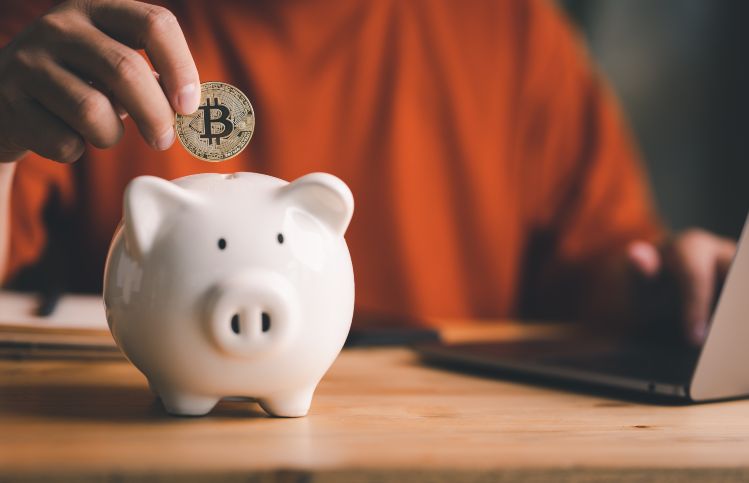Can you save Bitcoin in an IRA? As time keeps changing, savings has become more flexible. Retirement planning now goes beyond saving liquid cash in a retirement account. The self-directed individual retirement account allows you to invest across asset classes. This means you can save cash, precious metals, and even cryptocurrency.
Investing in cryptocurrency, especially Bitcoin for retirement could offer you higher returns. However, you should consider the volatility of this digital currency before investing. Here’s what you need to know if you choose to save Bitcoin in an IRA.
Can You Save Bitcoin in an IRA?
A self-directed IRA is a type of retirement account that offers you a tax advantage. The self-directed individual retirement account works similarly to the normal IRA. However, this type of IRA gives you the option of saving for retirement in alternative asset classes, like real estate, precious metals, and cryptocurrency.
Adam Bergman, founder, and CEO of IRA Financial explains the rationale behind the creation of a self-directed IRA. According to him, “Traditional financial institutions do not allow IRAs to invest in IRS-approved alternative assets because their focus is on earning fees through traditional investments”
Investing in Bitcoin (a notable cryptocurrency) for retirement may enhance your investment returns amongst other benefits.
How Does it Work?
Investing your money in Bitcoin in an IRA works a bit differently. The same annual contribution limits apply for both the normal and self-directed IRA; $6,000 or $7,000 for investors who are 50 years and above (2021 update).
You can opt for SEP and Simple IRAs and solo 401(k)s if you need a higher contribution limit. But, this is only possible if you are self-employed or own a small business. It is also possible to transfer funds from a normal IRA to a self-directed IRA.
However, unlike the normal IRA where a brokerage manages your securities, planning for retirement with Bitcoin in an IRA may involve a DIY approach. You should of necessity have;
- A Custodian who holds and safeguards your IRA. The banks and other financial institutions play this role.
- An Exchange that manages your cryptocurrency trades. A crypto exchange is a place where you can buy and sell digital currencies. So, that’s a platform for purchasing your Bitcoin.
- A Secure Storage to safeguard your cryptocurrency. Most IRAs provide proprietary secure storage methods to help secure your digital coins from theft.
Advantages of Retirement Planning with Bitcoin in IRA
Some of the benefits saving for retirement with Bitcoin in IRA offers include:
- Diversification
You have the opportunity to diversify your investment portfolio, that is, invest in more than one asset class.
- Chances for High Returns
Bitcoin has a high potential for huge returns. For instance, as of March 15, 2020, Bitcoin was at $5,200 but by year’s end, it was at $30,000.
- Tax Benefits
Self-directed IRA relieves you of taxes, you don’t have to pay taxes as long as your investment is held in your account
Disadvantages of Retirement Planning with Bitcoin in IRA
Here are the disadvantages of saving Bitcoin in an IRA:
- You might spend a lot on fees as it’s not free to invest in a self-directed IRA.
- Bitcoin’s price is highly volatile, making it especially risky for retirement investors.
- This saving option is complex, unlike the normal IRA where the only thing you need to do is deposit your money when necessary.
- You may experience capital losses as there is no tax advantage.
Conclusion
When planning for retirement, it is best to invest in more than one asset class. Although it can be risky too, investing in bitcoin in your IRA may be your best option because of the flexibility and potential high return it offers.










